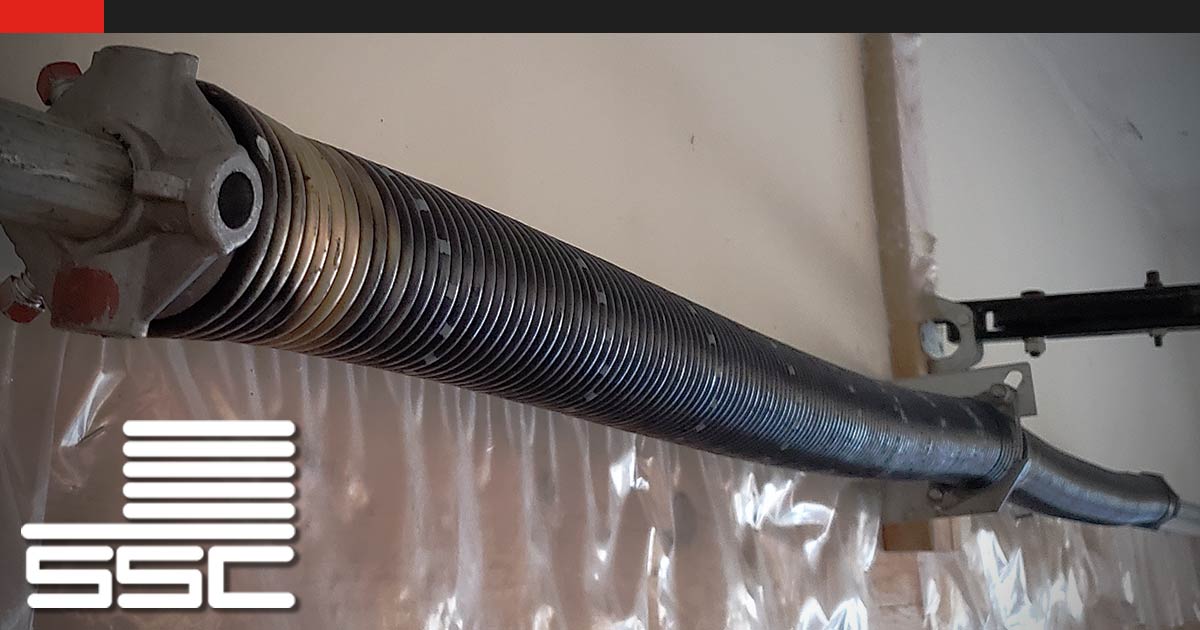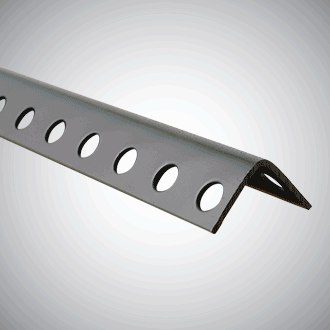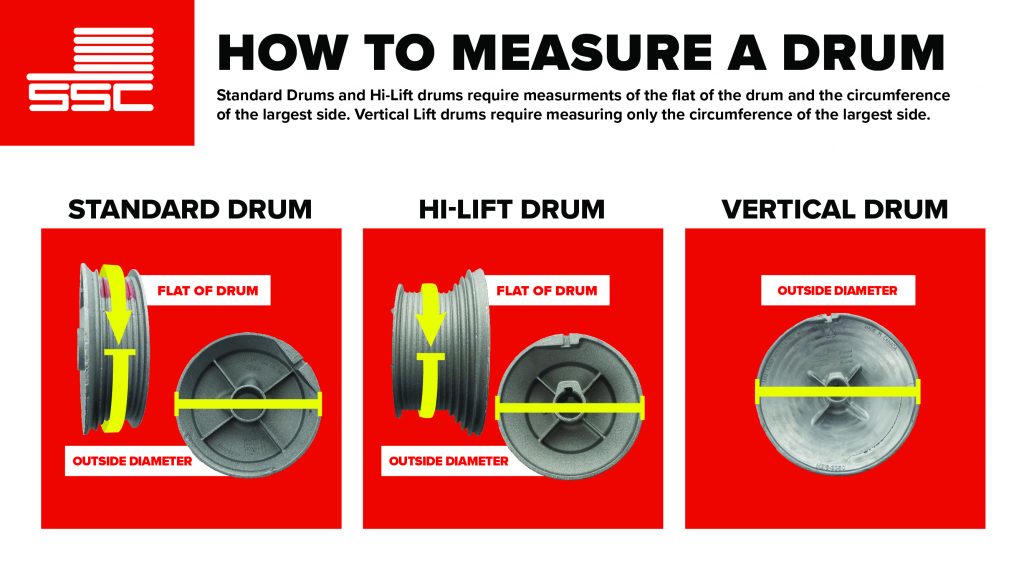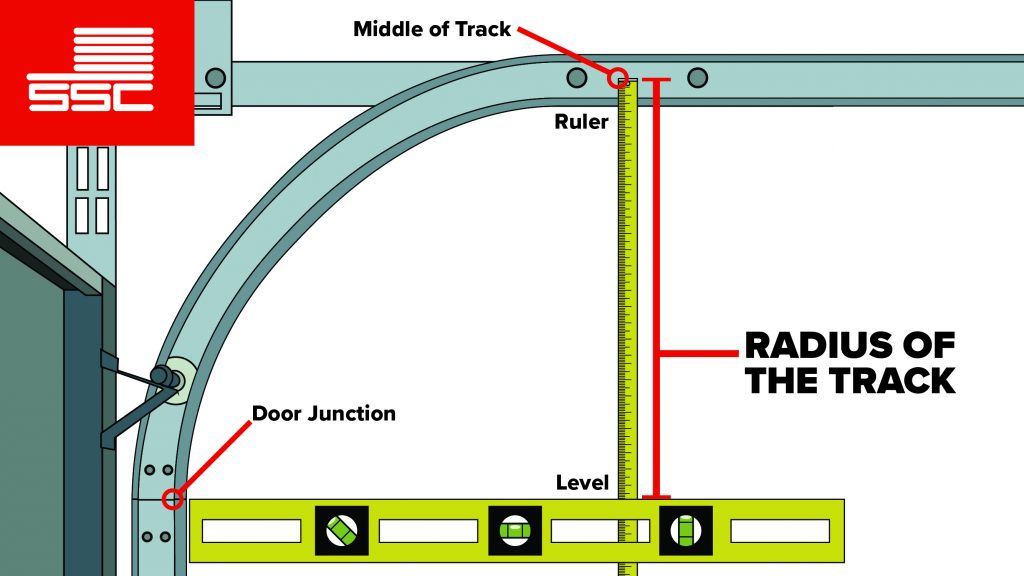5 Things to Determine the Correct Garage Door Spring Size

We have Lots of Options for Angle, Struts and Track!

SSC offers numerous options for angle, struts,
shaft and track in a variety of sizes and gauge thicknesses
to ensure you have what you need to get the job done.
Additional Resources: Be sure to check out our blog How to Measure and Order Torsion Springs.
Don’t have our Spring Engineering App Yet? You can download them HERE for Apple, Android, PC & Mac.
Standard Lift
Most residential garage doors use standard lift doors where there is approximately 12” of headroom for doors that use torsion springs and at least 8.5” of clearance for extension spring type of counterbalance.
Hi-Lift
Hi-lift garage doors are used when there is a need for increased space below the open door. Garages that have high ceilings for things such as a car lift would be a good use for a hi-lift door.
Vertical Lift
Vertical lift doors are more common in a commercial setting where there are large buildings with high ceilings that don’t make it ideal to support horizontal tracks. The required ceiling height will need to be at least the height of the door. Many dock doors in industrial settings are configured with hi-lift.
2. Drum Type & Part Number
Drums are stamped with part number 98% of time. If none is present the drum will need to be measured and compared to existing drums with the same dimension. Drum sizes are standard in the garage door industry no matter the manufacturer 99% of the time.
Measuring The Garage Door Drum
If the part number is unknown or unable to be read, you can measure the drum and use the SSC App to find a similar drum. To determine the drum sized used there are two measurements you will need to complete. The circumference of the flat part and the outside diameter of the drum.

Standard Lift Drums
Standard lift drums are designed to have a consistent cable wrap across the width of the drum to allow for the lift of the garage door.
Hi-Lift Drums
Hi-lift drums have a raised portion and a flat portion like a standard lift drum. The raised portion helps the garage door open faster to cover the longer or Hi-Lift portion of the door travel.
Vertical Lift Drums
Vertical drums are a tapered drum whose wraps of the cables gets smaller as the door travels. These drums allow for the door to be lifted vertically without weigh transfer into horizontal tracks.
3. Door Weight
The weight of the door is a critical piece of information to have and to be accurate. SSC has a video that walks through the process to weight a garage door. You can watch that video at the link below.
4. Track Radius
There are a two standard garage door radius of 12” and 15” you will find on most residential homes. Measuring the track of a garage door is a simple process that requires a level and tape measure.
How to Measure the Track Radius
How to calculate the track radius. Hold a level at the bottom of the track junction (where the vertical track and curved portion of the track connect). Next take a tape measure and measure the distance from the center of the horizontal track to the top of the level. The measurement you get is what the radius of the door is.

5. Door Height
Measure the door with a tape measure form the top of the garage door to the bottom and round to the nearest 3” door height.
The garage door technician will need to properly identify all variables and use the SSC app to calculate whether they have the right spring for the garage door.
Share:
Safety Disclaimer: In order to see all procedures completely, there may be safety measures that are not taken by our actors. Be sure to follow any and all proper safety requirements and refer to your manufacturer’s installation manual for details. Your health and safety is the #1 concern. Failure to understand/follow the recommendations in the course could result in property damage, personal injury or death. While all efforts are made to provide accurate information and guidance, it is impossible to predict all door circumstances. Accordingly, the user agrees that the user of this video; products and information contained herein are at your own risk. In no event shall Service Spring be liable for any property damage, personal injury/death, or any other loss or damage that may result from your use of the information and products provided on this video. All information contained within this site is provided “as-is” without warranty expressed or implied. User assumes all responsibility/risk for use of information and products purchased. If you have any doubts about your ability to perform the work safely, we recommend you contact another door professional to complete your repair.

















